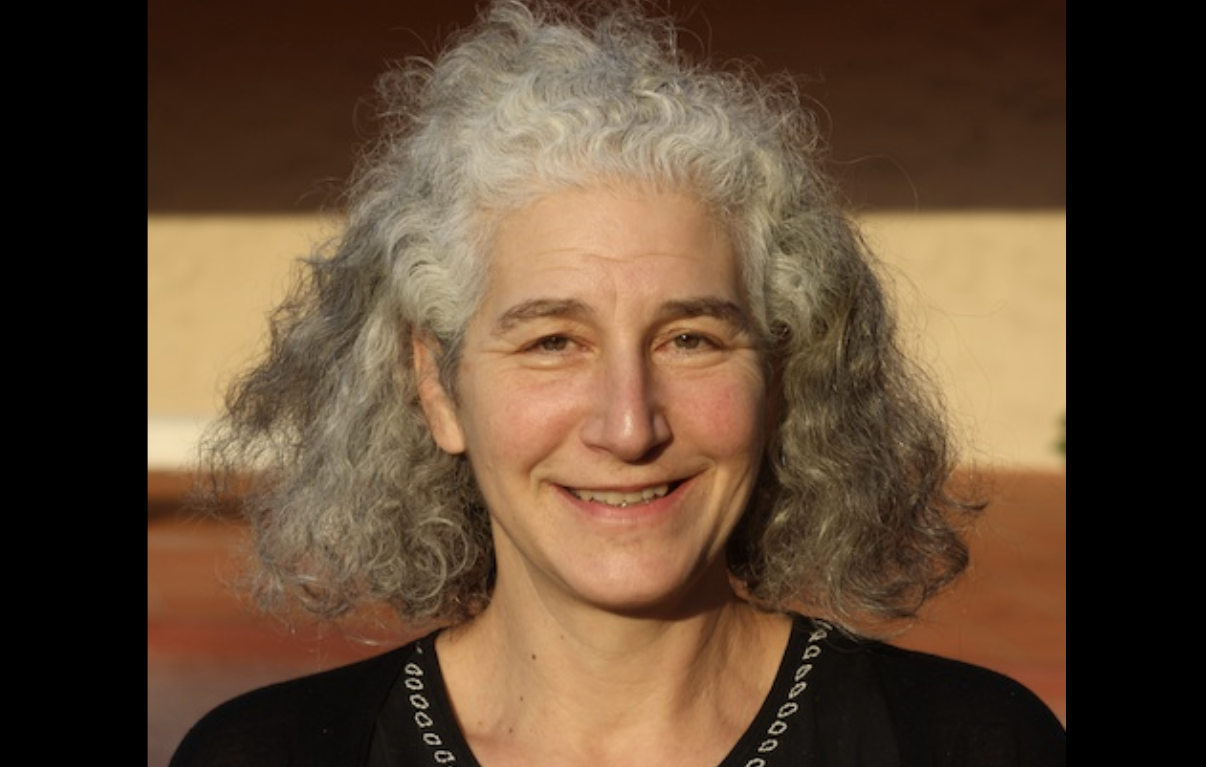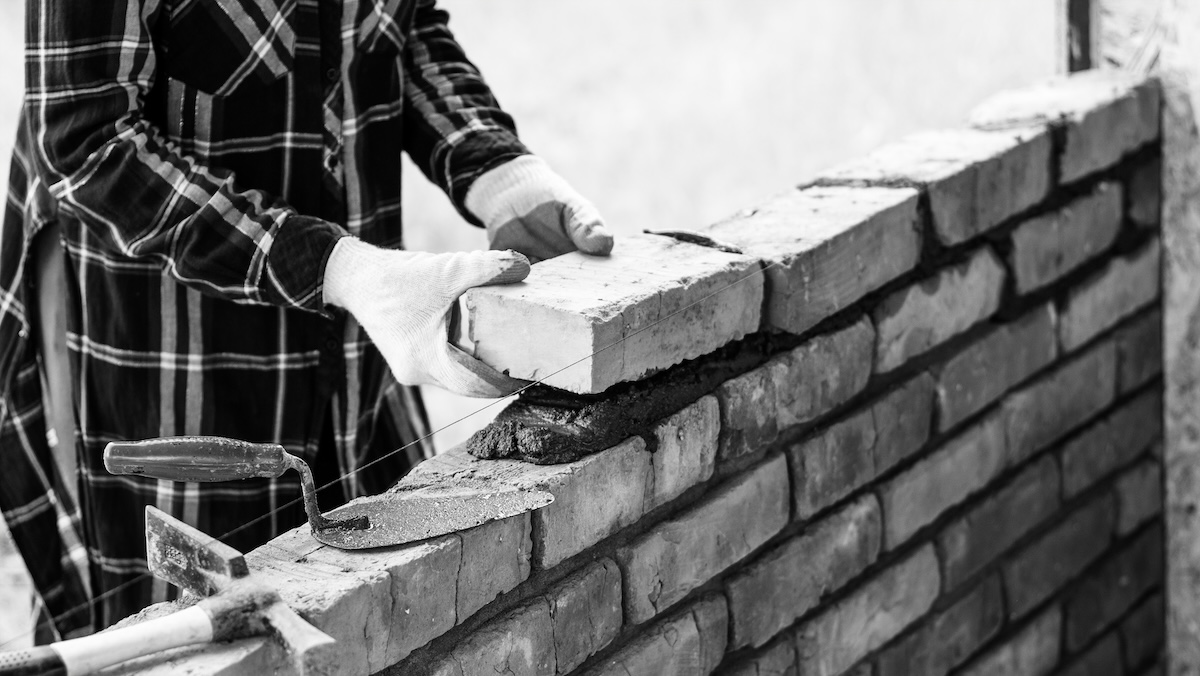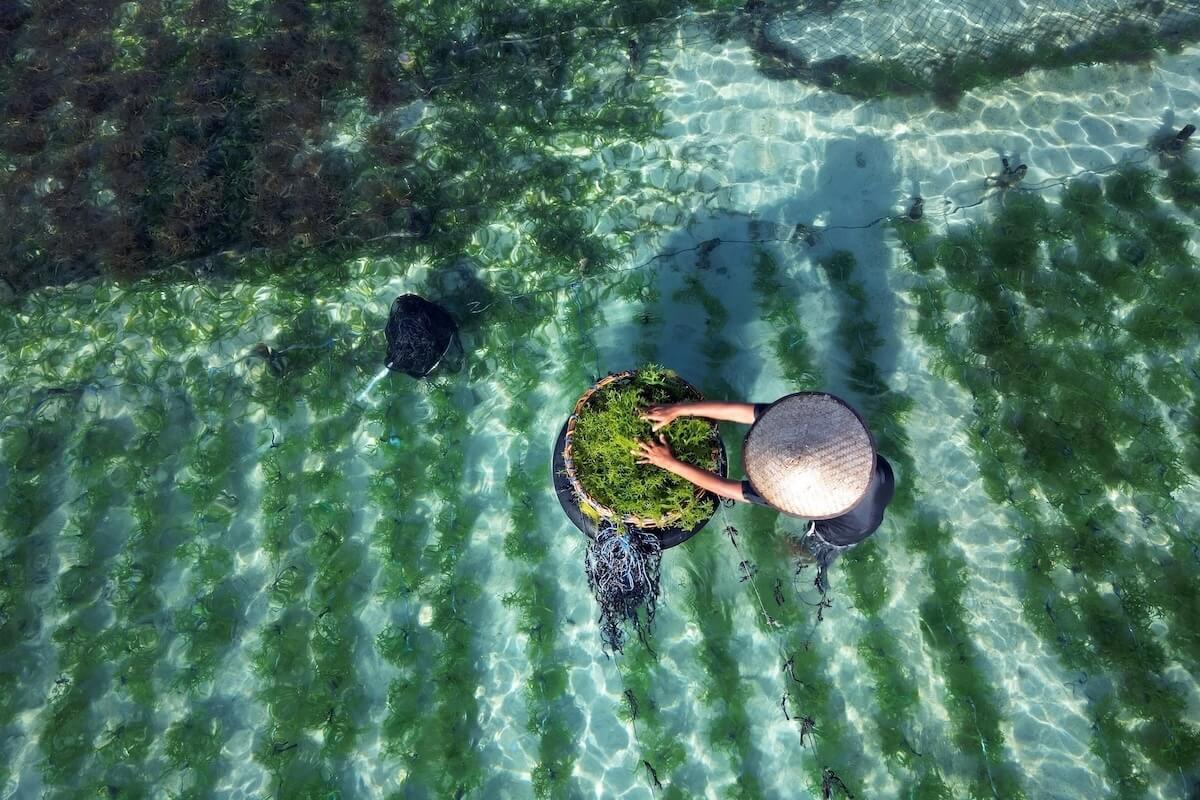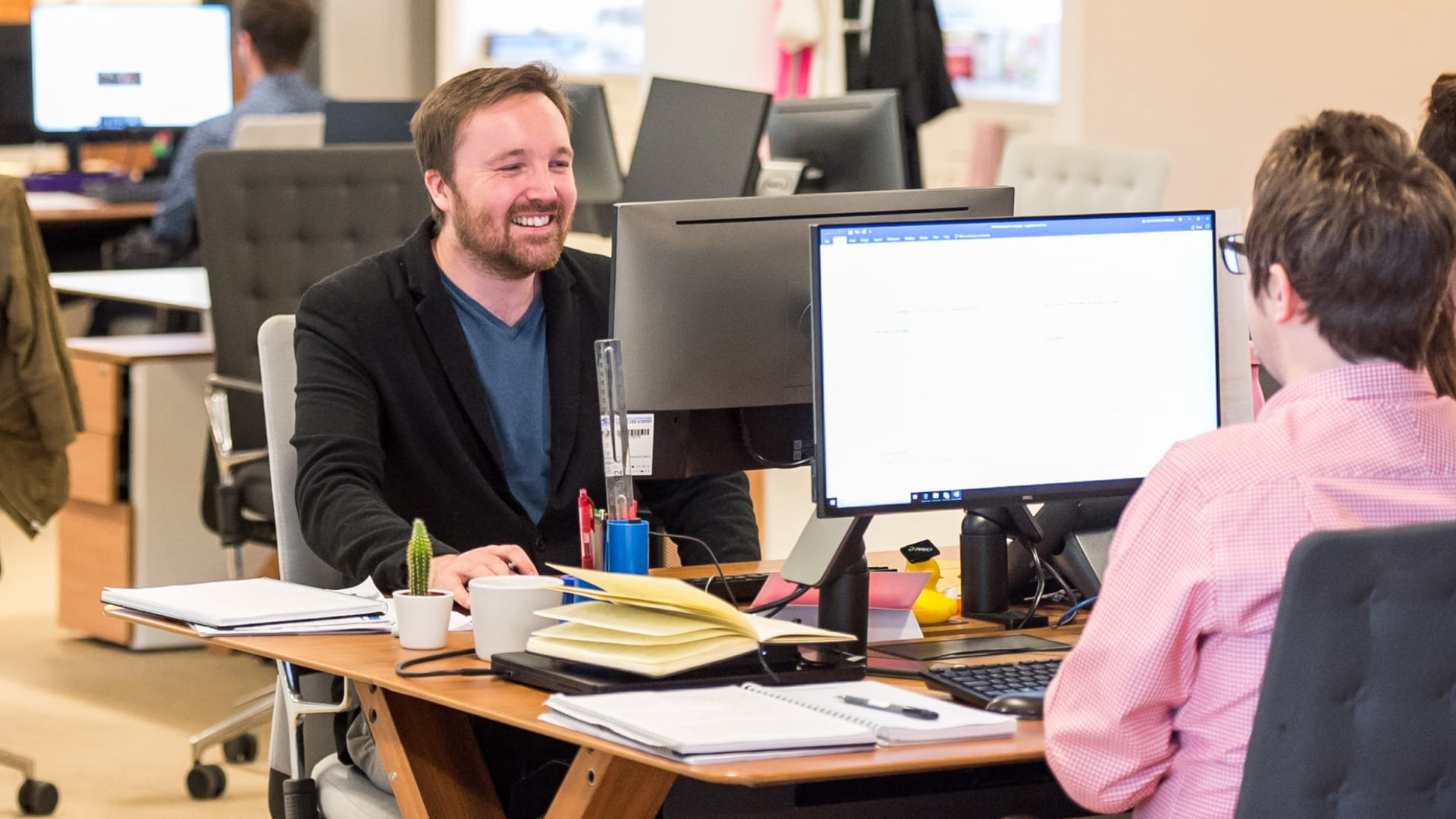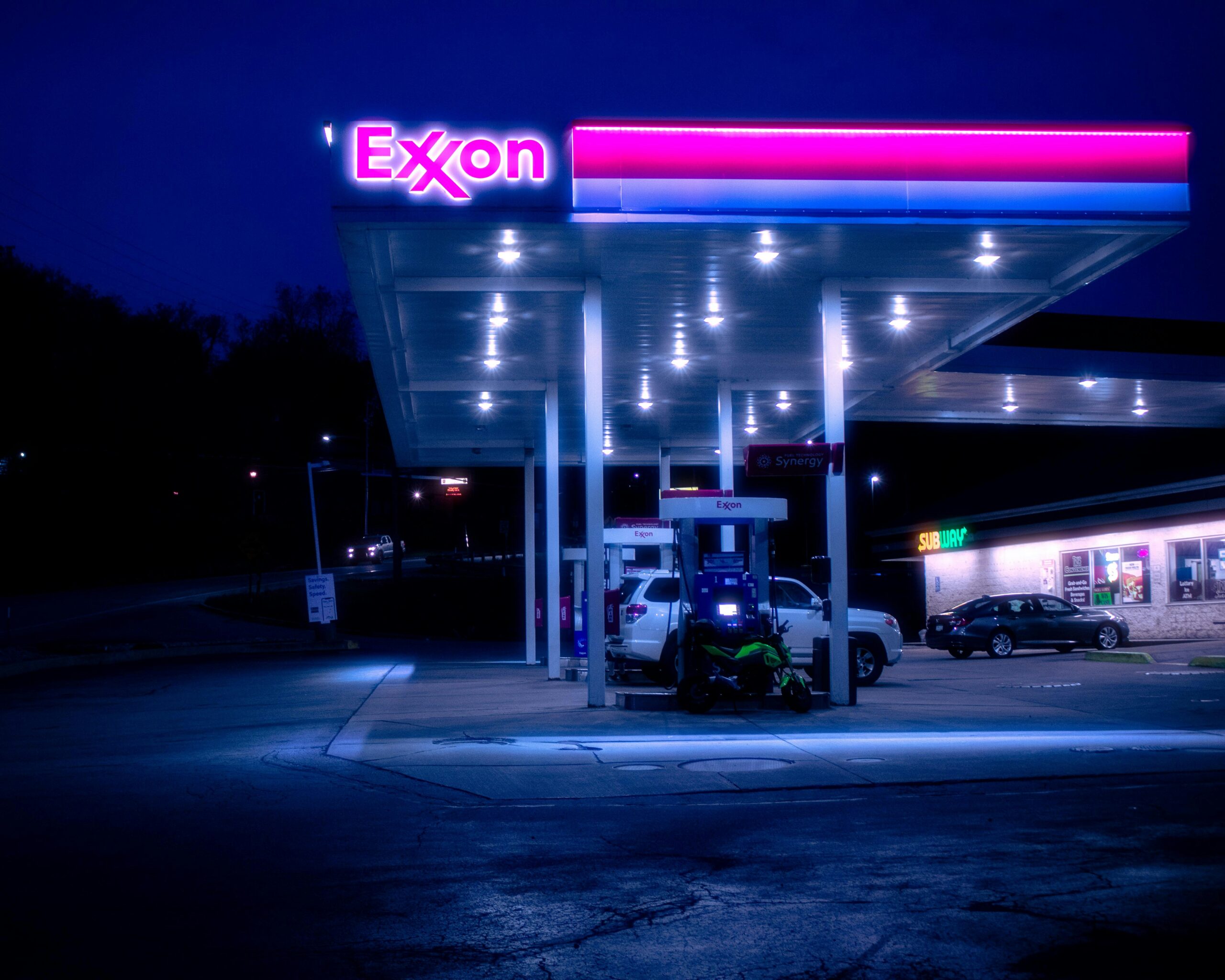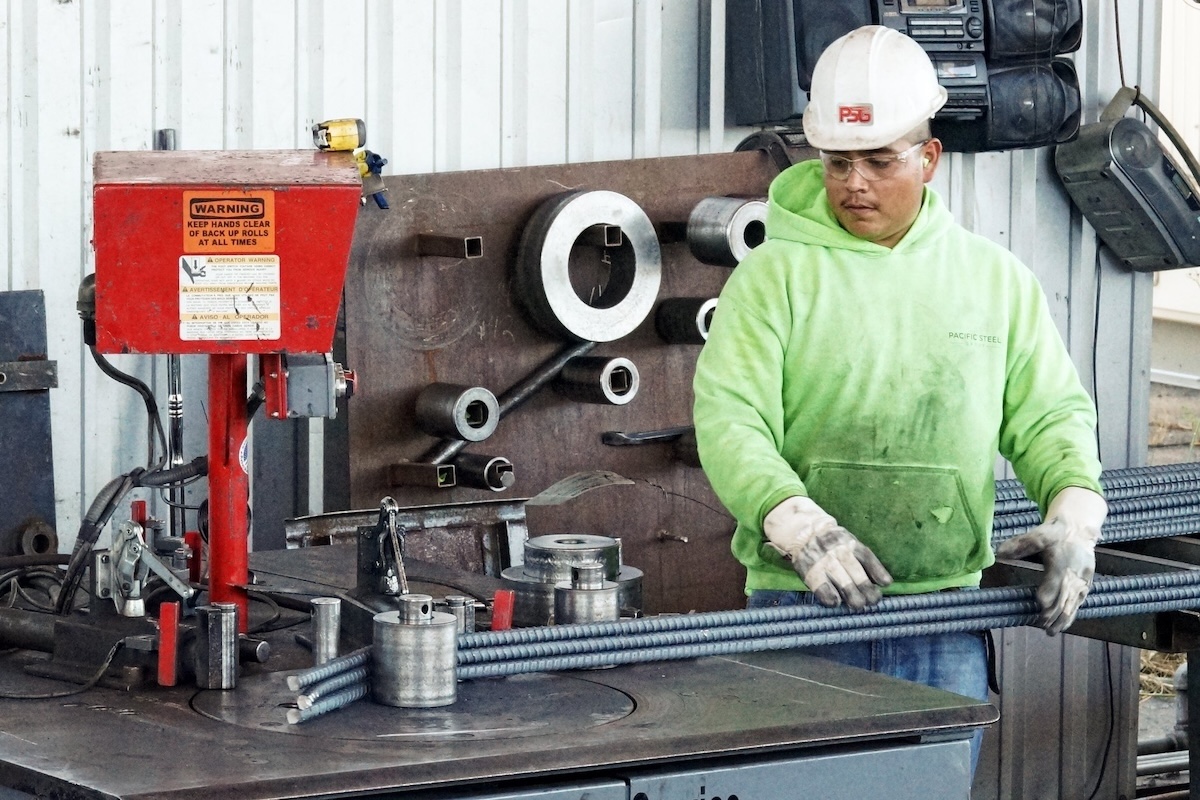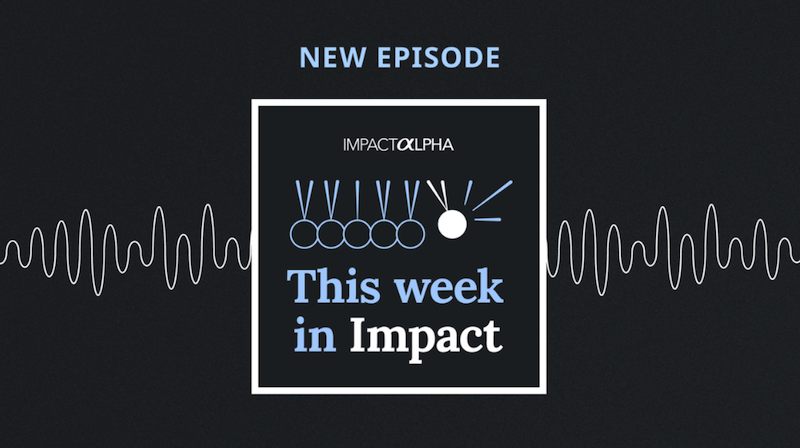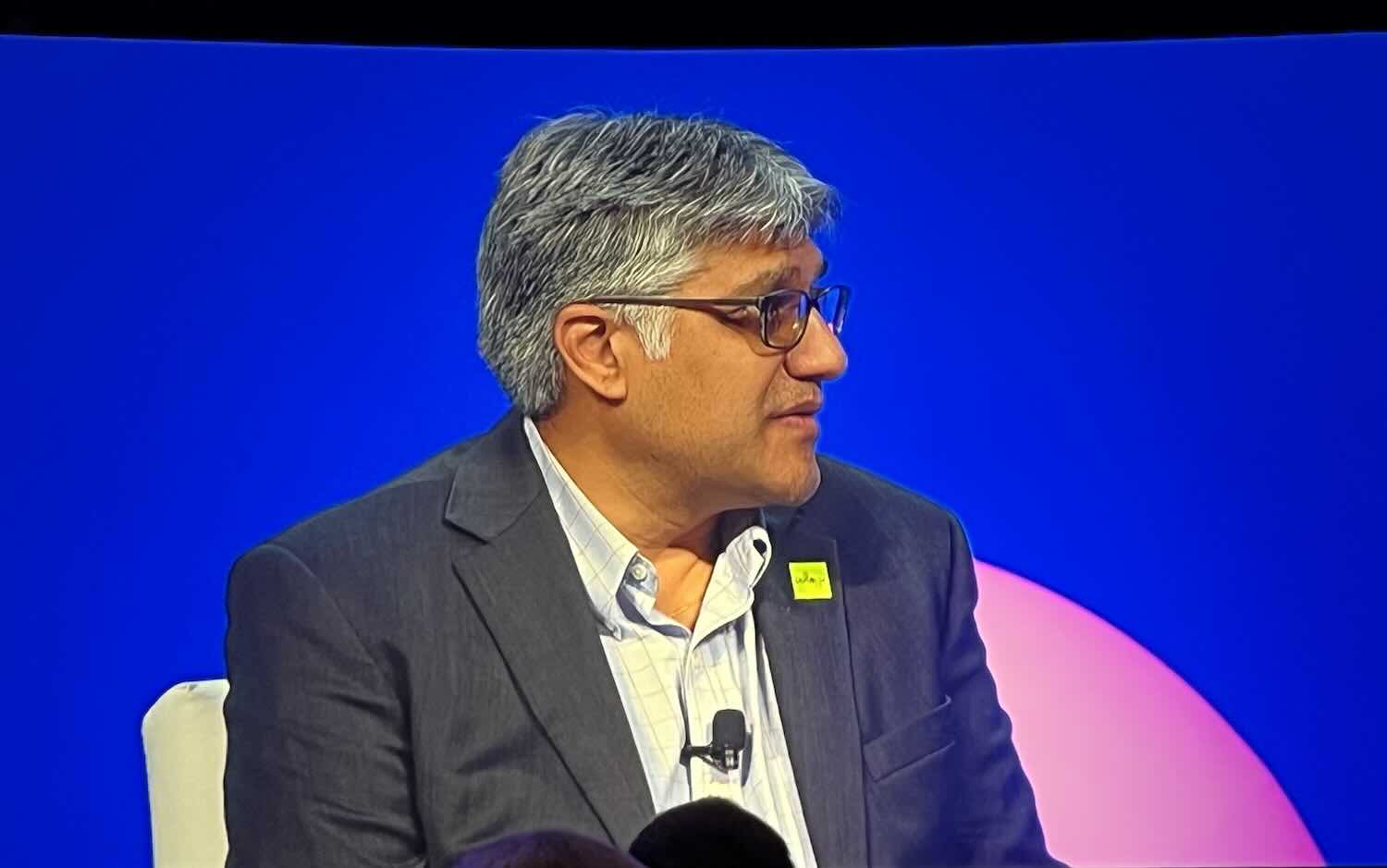ImpactAlpha, July 16,2020 –– If you’re rich, and you get your capital back with perhaps a little extra for inflation and expenses, you’ll still be rich tomorrow.
Ceniarth’s Diane Isenberg is the rare wealthy individual who is unafraid to call out other wealthy families, as well as some shibboleths of impact investing, including “market-rate returns” and “double-bottom-line” investing. As the custodian of inherited wealth, she’s more than willing to trade off conventional returns for outsized impact.
“I do feel like the high-net-worths haven’t really stepped up,” Isenberg said in the latest episode of ImpactAlpha’s Agents of Impact podcast. “I know they’re not stepping up as much as they could be because it’s amazing how often we’re asked to be that piece: the tranche that is subordinated.”
Isenberg established Ceniarth as a single-family office in 2013 after coming into wealth created by her father, Eugene (“Gene”) Isenberg, who built or turned around a series of companies, including Nabors Industries, now one of the world’s largest oil and gas drillers. Isenberg spoke from the farmhouse of her family’s 350-acre working sheep farm in Wales, also called Ceniarth, where she has lived for 35 years.
“From the beginning, I absolutely knew what we wanted to focus on – deploying capital into marginalized and vulnerable communities – but I was uncertain about what the precise path might be,” she said.
A wake-up call came when Ceniarth had to restructure some of its early investments in pay-as-you-go off-grid solar enterprises, mostly in sub-Saharan Africa, “because the default rate was out of control.” It became clear that, at least for the most low-income, marginalized communities, the model was not working. An infusion of equity capital into off-grid solar providers for a time masked the problems; most survivors of the eventual shakeout have moved up-market to more middle-income customers.
“Our concern was always the consumer, and I was very disturbed that a lot of these entrepreneurs didn’t care at all what was happening to them,” Isenberg told me. “That was the first indicator that it was a false promise, that this double-bottom-line strategy was not going to work with the markets that we want to move in, to work in and that we have committed to.”
Fighting poverty and remaining rich: Ceniarth shifts portfolio to impact-first capital preservation
That was the genesis of what Ceniarth has come to call “impact-first capital preservation,” a strategy that it is applying, over 10 years, to its entire portfolio of approximately $400 million. The family office is moving capital out of “market-rate” impact vehicles and into rural agricultural loan funds in Africa, community development financial institutions in the U.S. and other low-risk but high-impact investments.
“That nuance, the difference that accepting a lower rate of return makes in terms of who you’re impacting and how you’re impacting them, is huge,” she says. “It’s absolutely huge.”
She’s heartened that investments that once were dismissed as “concessionary” have more recently been elevated to “catalytic.” But she’s still surprised that even so-called development finance institutions require risk-reduction in order to commit their capital. Last year, Ceniarth committed $3 million in first-loss protection that helped catalyze a $50 million commitment to Global Partnership’s Impact-First Development Fund from what is now called the U.S. Development Finance Corp.
“I just thought it hysterical that Ceniarth has to protect the United States, that our dollars have to protect American dollars,” she says. “But if that’s what they need to get the money out the door…”
In April, Ceniarth stepped up, with $3 million in zero-interest loans to help community development financial institutions, or CDFIs, accelerate lending to rural and Native American communities largely neglected by the federal government’s Paycheck Protection Program for small businesses. (Ceniarth this week hosted a video call describing the initiative; the replay is available here.)
Jacob Haar: Financing the financiers expanding small-business lending in America
But Isenberg, along with Ceniarth’s co-director Greg Neichin, have been skeptical of what they consider unrealistic expectations (including in ImpactAlpha) that the COVID crisis will usher in radically new approaches to investing.
“We do not think things will look much different for the lives of poor people around the planet,” they wrote (in ImpactAlpha) in April. “As in all crises, their plight will be highlighted, aid will be secured, and then the world will move on, as will most impact investors.”
Local, inclusive and entrepreneurial: How stakeholders are taking back capitalism in 2020
So, instead of a 10x Challenge, Ceniarth is proposing what Isenberg dubbed a 1/10th Challenge, calling on other high-net-worth family offices to allocate 10% of their portfolios to impact-first capital preservation opportunities.
“You get higher impact in racial justice, in gender equality, in climate,” she says. “You don’t need to go 100%, all-in with this, as we have, for this to be meaningful. If everybody did a little bit, it would be hugely transformative.”
Catch up on all of ImpactAlpha’s podcasts, including our weekly Impact Briefing.



